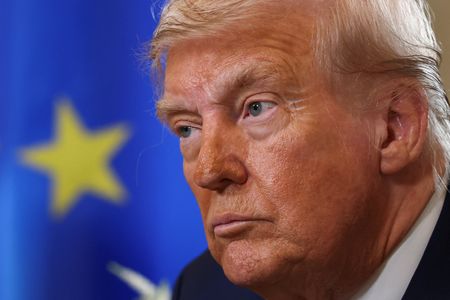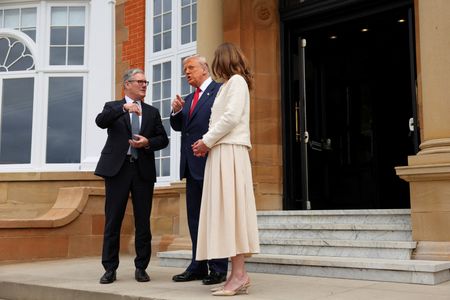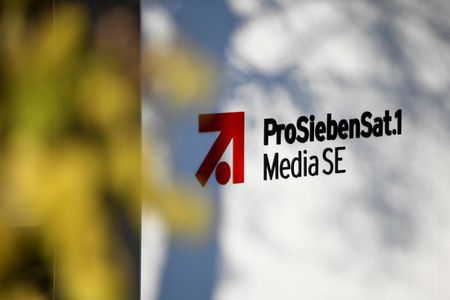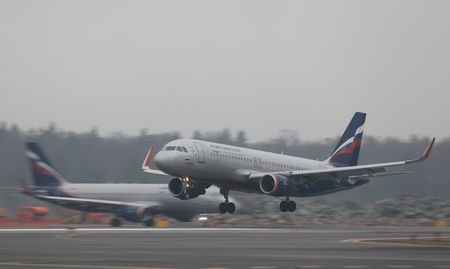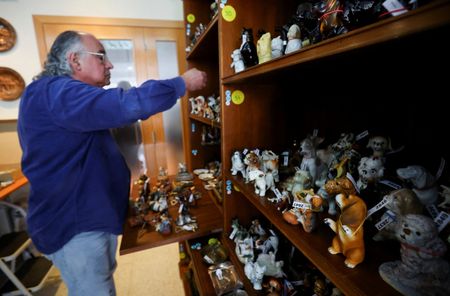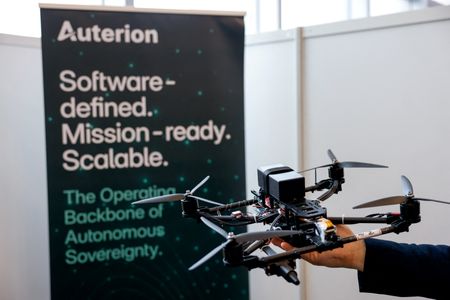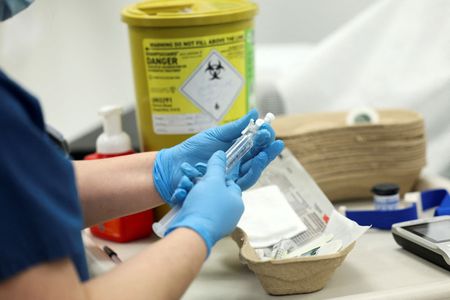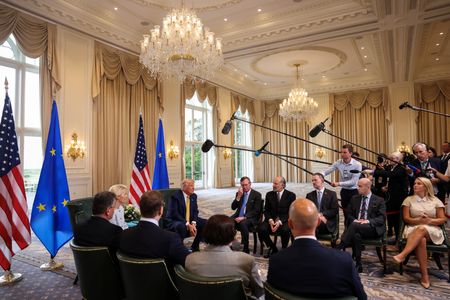BRUSSELS (Reuters) -The United States and the European Union agreed on a framework trade deal, ending months of uncertainty for industries and consumers on both sides of the Atlantic.
Here are the main elements of the deal:
* Almost all EU goods entering the U.S. will be subject to a 15% baseline tariff, including cars, which currently face 27.5%, as well as semiconductors and pharmaceuticals. The 15% tariff is the maximum tariff and is not added to any existing rates.
* The U.S. is to announce the result of its 232 trade investigations in a few weeks and decide on tariff rates for the sectors under investigation. But the EU-U.S. deal already secures a 15% tariff for European chips and pharmaceuticals, so the results of the investigations will not change that, U.S. officials said. It is not yet clear, however, if the same 15% rate has been set for timber and copper, which are also under U.S. 232 investigation.
* The U.S. and EU will have zero-for-zero tariffs on all aircraft and their components, certain chemicals, certain generic drugs, semiconductor equipment, some agricultural products, natural resources and critical raw materials. More products would be added.
* The situation for wine and spirits – a point of friction on both sides of the Atlantic – is still to be established.
* Tariffs on European steel and aluminium will stay at 50%, but European Commission President Ursula von der Leyen said these would later be cut and replaced by a quota system.
* The EU pledged to make $750 billion in strategic purchases, covering oil, gas, nuclear, fuel and chips during U.S. President Donald Trump’s term in office. * The EU pledged to buy U.S. military equipment.
* European companies are to invest $600 billion in the U.S. over the course of Trump’s second term. Unlike Japan’s package – which Tokyo says will consist of equity, loans and guarantees from state-run agencies of up to $550 billion to be invested at Trump’s discretion – EU officials said the Europe’s $600 billion investment pledge is based on private sector projects already in the pipeline.
(Reporting by Jan Strupczewski; editing by Philip Blenkinsop, Marguerita Choy and Joe Bavier)

